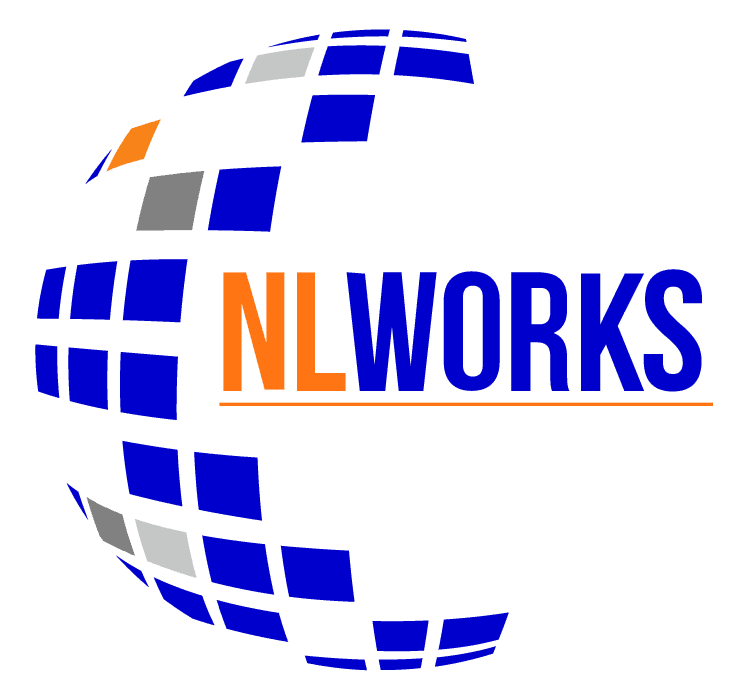
The company AppHarvest applies Dutch greenhouse horticulture technology on a large scale in the American food chain. “The Appalachia region will be the largest fruit and vegetable producer in the US in the coming years,” says CEO Jonathan Webb. How does that work? What challenges do they face?
When we speak to Webb, he has just landed in the Netherlands. After meeting American senators such as Mitch McConnell and Joe Manchin, the American is now in the Netherlands, determined to involve even more people in his company. Since June 2020 there has already been a Dutch-American consortium, designed by NLWorks. Webb explains why there are enormous opportunities in the US for Dutch greenhouse horticulture.

AppHarvest is based in Appalachia, a region that spans 13 states in the eastern US. From Eastern Kentucky, the center of this region, 70% of the US population can be reached in 1 day’s drive.
Currently, food transport to the US East Coast often takes 10 to 14 days. Climate change requires thorough changes in US food production. California and the southwestern United States have experienced record droughts and food production is not possible without water. “That production either shifts to Mexico and is then imported, or to the east in greenhouse horticulture,” Webb says.
Kentucky is an obvious choice as a new location for food production. In addition to high rainfall and a central location, Appalachia’s workforce availability is one of the reasons for choosing the region. There used to be a lot of mining, but most of the mines have been closed in the last ten years. “The people in the region are known for being hardworking, and for many people this is a huge opportunity to get back to work.”
Dutch knowledge crucial
Then why is Webb in the Netherlands? “The technology here in greenhouse horticulture is so advanced”, he says enthusiastically, “When you arrive in the Westland from Kentucky, you think you have landed on Mars!”
He wants to develop greenhouse horticulture in the US according to the latest standards. This technology can be found in Westland and at Dutch universities. The entire ecosystem must be built and maintained, including education and logistics, for example.
AppHarvest already works with a few Dutch partners, but would like to see more Dutch companies do so. “Sharing knowledge, learning from each other: ultimately it also makes our work easier. We need around 30 companies that work together. A larger sector also attracts more investors: the snowball has to start rolling.”
There are therefore opportunities for Dutch entrepreneurs. “America is the largest market in the world,” said Webb, “When this industry gets going, we’re talking billions to tens of billions in capital that will be invested in it. When the US moves on an industry it moves fast, it moves rapidly.”
Social and environmental impact
Another key driver for Webb is the social and environmental impact of the project. It would create a huge number of new jobs in the US and the Netherlands. And in this way, fresh food becomes available to people with low incomes. In addition, a better agricultural system in the US means much less water use, pesticides, transport costs and emissions: “The pressure on the environment is too high, this can’t go on any longer.”
Finally, Webb emphasizes again why now is the right time: “The largest banks in the world are ready to make investments. We must take advantage of that now.”
Click here for more information about this program.
